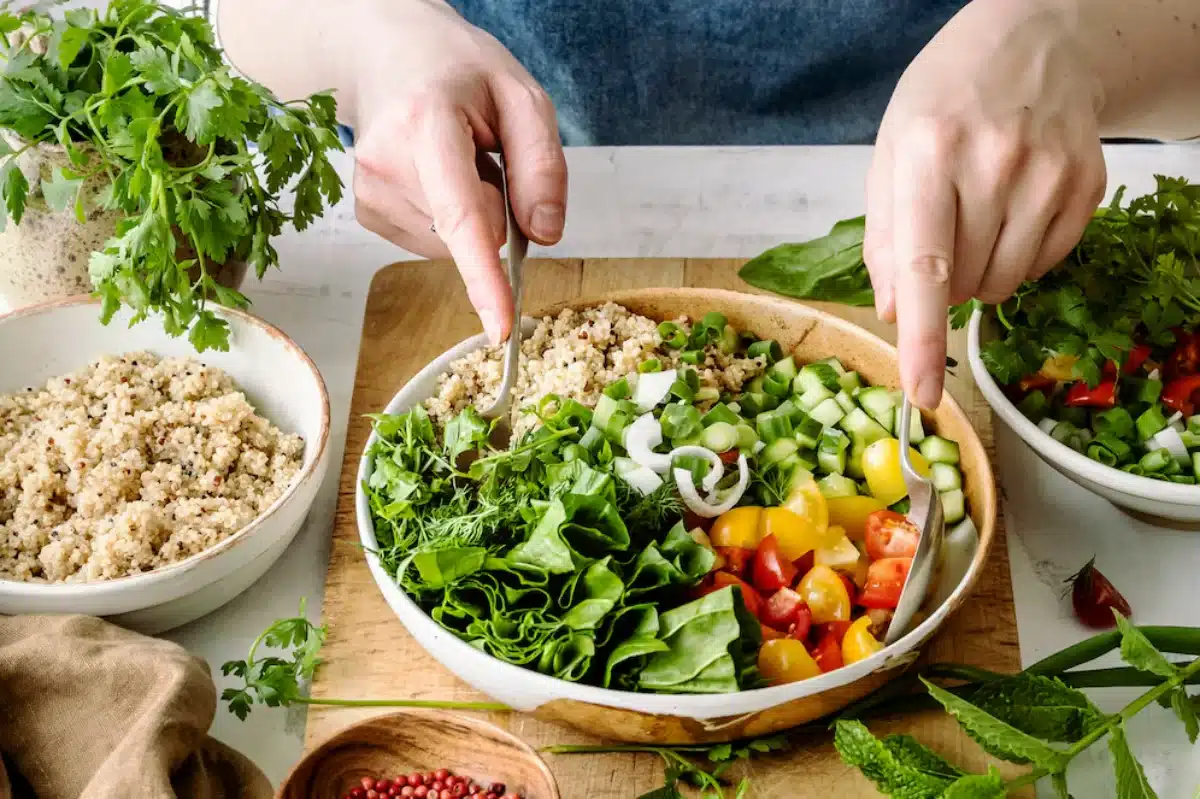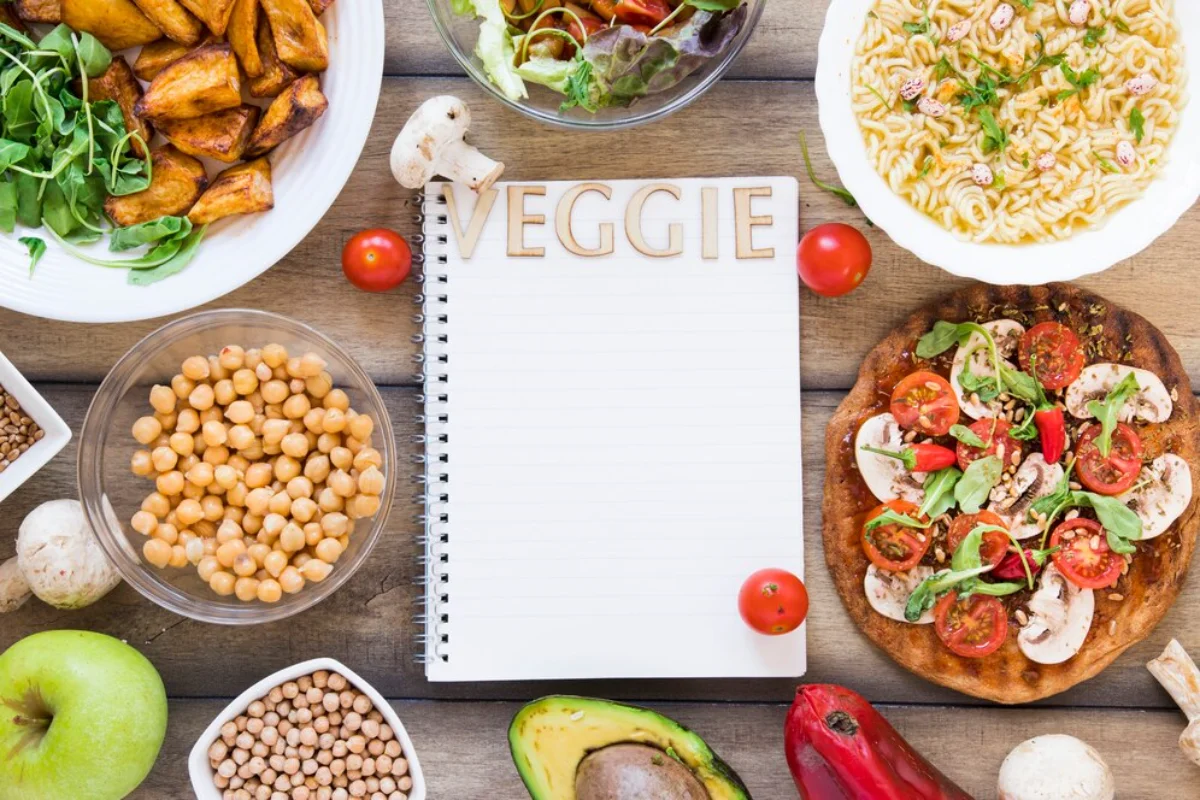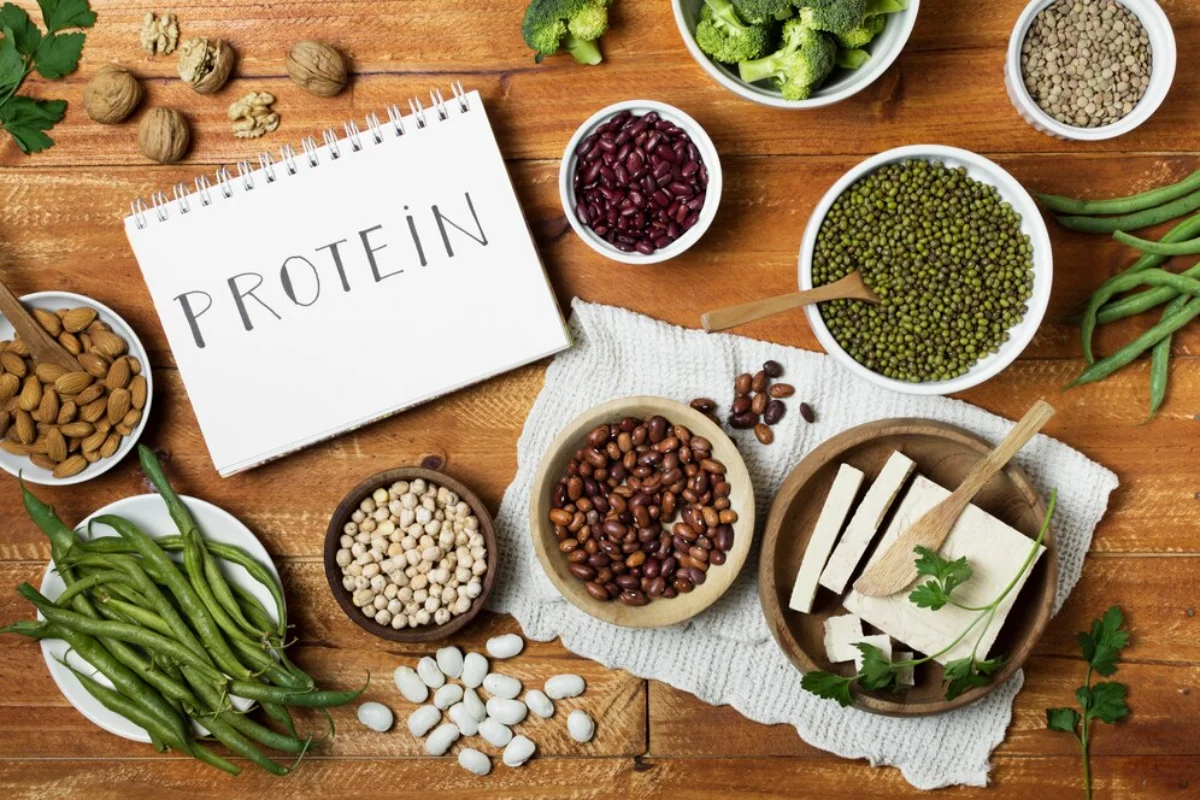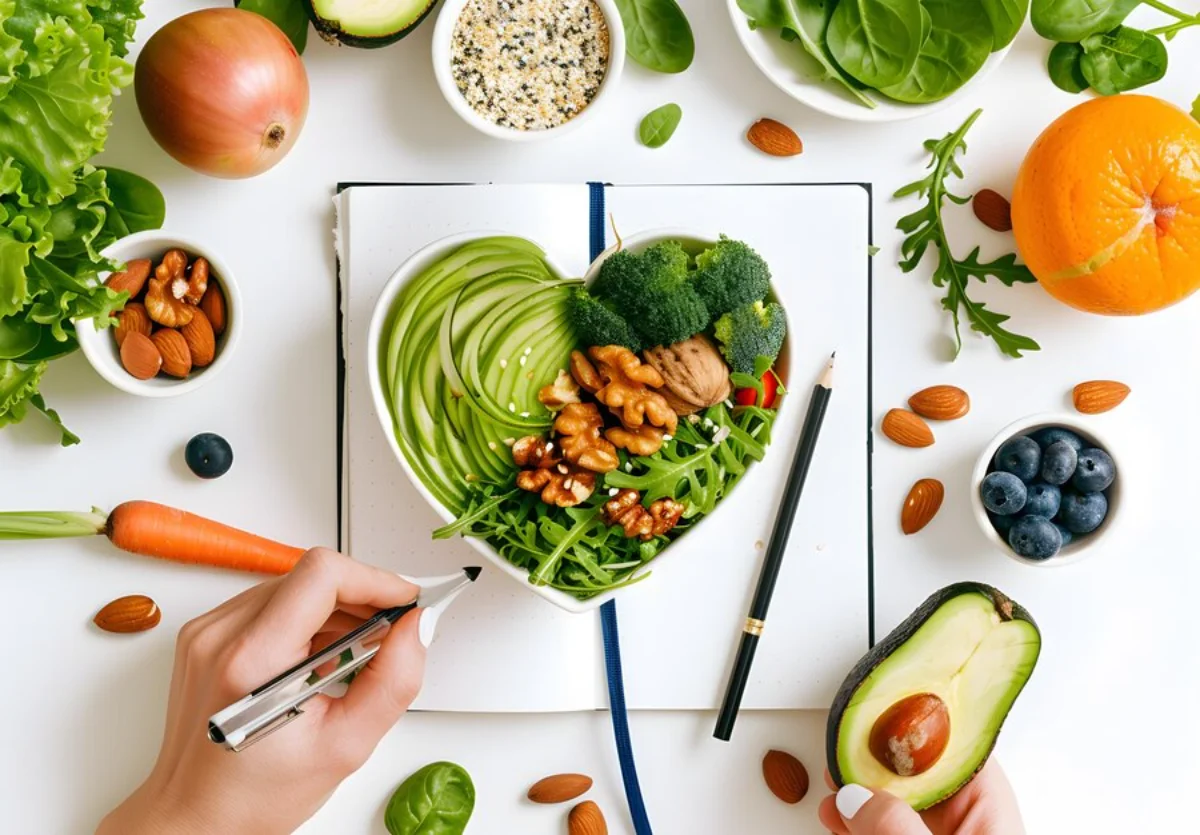
How to Transition to a Plant-Based Diet
You can make your own, lose weight, and feel great! It suits your health, the environment, and animal welfare.” Whatever your goal—better digestion, lower disease risk, eco-friendliness—switching requires wisdom and planning.
This guide will give you vegan beginner tips, point out the best plant-based foods, and provide steps to make the transition as smooth as possible. Whether you want to go all out and become fully vegan or just wish to incorporate more plant-based meals into your diet, this article can provide the tools needed to make the right decisions and adhere to the diet.

Why Consider a Plant-Based Diet?
A plant-based diet benefits your health, the environment, and ethical consumption. Here’s why many people are making the switch:
1. Health Benefits
A well-planned plant-based diet can:
- Lower the risk of heart disease, type 2 diabetes, and high blood pressure.
- Improve digestion and support gut health.
- Aid in weight management due to higher fibre intake.
- Reduce inflammation and boost energy levels.
2. Environmental Impact
Animal agriculture harms the planet, contributing to greenhouse gas emissions, deforestation, and water pollution. Reducing meat consumption helps:
- Lower your carbon footprint.
- Preserve natural resources like land and water.
- Reduce pollution from industrial farming.
3. Ethical and Animal Welfare Reasons
Switching to a plant-based diet helps reduce animal cruelty and supports farming practices prioritising animal welfare.

Step-by-Step Guide to Transitioning to a Plant-Based Diet
1. Start with Small Changes
Gradually reduce your intake instead of cutting out all animal products at once. Consider:
- Meatless Mondays – Commit to one plant-based day each week.
- Replacing dairy milk with almond, oat, or soy milk.
- Switching to plant-based proteins like tofu, lentils, and chickpeas.
2. Focus on Whole, Nutrient-Dense Foods
Avoid relying on processed vegan substitutes. Instead, choose whole plant-based foods like:
- Fruits and vegetables are packed with vitamins, minerals, and fibre.
- Whole grains – Brown rice, quinoa, and oats provide lasting energy.
- Legumes and beans – High in protein, iron, and fibre.
- Nuts and seeds – Great sources of healthy fats, protein, and nutrients.
3. Learn About Key Nutrients
While a plant-based diet is nutritious, pay attention to these key nutrients:
- Protein: Lentils, beans, tofu, tempeh, quinoa, and nuts.
- Iron: Found in spinach, lentils, and chickpeas. Pair with vitamin C for better absorption.
- Vitamin B12: Essential for nerve function; consider a supplement or fortified foods.
- Omega-3 Fatty Acids: Found in flaxseeds, chia seeds, walnuts, and algae-based supplements.
- Calcium: Available in fortified plant milks, leafy greens, almonds, and tahini.
4. Experiment with Plant-Based Recipes
Trying new recipes makes your transition fun. Some easy vegan beginner tips for meals include:
- Chickpea curry with brown rice.
- Lentil soup with whole-grain bread.
- Smoothie with banana, spinach, chia seeds, and almond milk.
- Stir-fried tofu with veggies and quinoa.
5. Read Food Labels Carefully
Many packaged foods contain hidden animal-derived ingredients like:
- Gelatin (in sweets and marshmallows).
- Casein and whey (in dairy products and protein powders).
- Honey (sometimes in cereals and snacks).
Look for certified vegan-friendly labels or check ingredient lists when shopping.
6. Stock Up on Plant-Based Staples
Keeping your kitchen stocked with the best plant-based food essentials simplifies meal prep. Some must-haves include:
- Legumes and beans (chickpeas, black beans, lentils).
- Whole grains (quinoa, brown rice, oats).
- Nuts and seeds (almonds, chia seeds, hemp seeds).
- Plant-based milk (oat, almond, soy).
- Herbs, spices, and condiments for flavour.
7. Find Plant-Based Alternatives
If you love the taste of animal products, there are many plant-based substitutes like:
- Meat alternatives – Jackfruit, tempeh, tofu, and seitan.
- Dairy replacements – Almond/oat milk, coconut yoghurt, and cashew cheese.
- Egg substitutes – Flaxseeds, mashed bananas, or commercial egg replacers.
8. Eat Out with Confidence
Dining out on a plant-based diet is more manageable now. Tips for navigating restaurants:
- Check the menu online before visiting.
- Ask for modifications (swap cheese for avocado, request plant-based proteins).
- Choose cuisines that offer plant-based options (Indian, Thai, Mediterranean, Mexican).
9. Be Prepared for Social Situations
Transitioning to a plant-based lifestyle can be challenging in social settings. To ease the process:
- Bring a plant-based dish to family gatherings.
- Inform friends and family about your choices.
- Be patient and share delicious plant-based meals.
10. Stay Inspired and Educated
Keep learning by following plant-based nutrition experts, documentaries, and cookbooks. Great resources include:
- Books: “How Not to Die” by Dr. Michael Greger, “The Plant-Based Diet for Beginners” by Gabriel Miller.
- Documentaries: “The Game Changers,” “Forks Over Knives.”
- Online communities: Join plant-based groups for support and recipe ideas.

Common Concerns About a Plant-Based Diet
1. Will I Get Enough Protein?
Yes! Many plant-based foods are rich in protein. Legumes, tofu, quinoa, nuts, and seeds provide essential amino acids.
2. Is a Plant-Based Diet Expensive?
Not always! Staple foods like beans, lentils, and whole grains are budget-friendly. Buying seasonal produce and cooking at home helps save money.
3. Can I Build Muscle on a Plant-Based Diet?
Absolutely! Many athletes thrive on plant-based diets, using foods like tofu, lentils, and plant-based protein powders for their protein needs.
4. Will I Feel Full Without Meat?
Yes! Fibre-rich foods like beans, whole grains, and vegetables keep you full and satisfied.
Transition with More Plant-Based Meals
Yet transitioning to a plant-based diet is a transformative process that enhances your health, the planet’s well-being and animals. You can safely transition with some more plant-based meals, nutrient-dense foods, and knowledge to make it work.
Start low—adjust one plant-based meal daily, and try new foods to keep your diet bright. Adopting a plant-based lifestyle can be healthy, pleasurable, and satisfying when done correctly.
Are you prepared to transition to the new environment? Share your thoughts, favourites and experiences.


